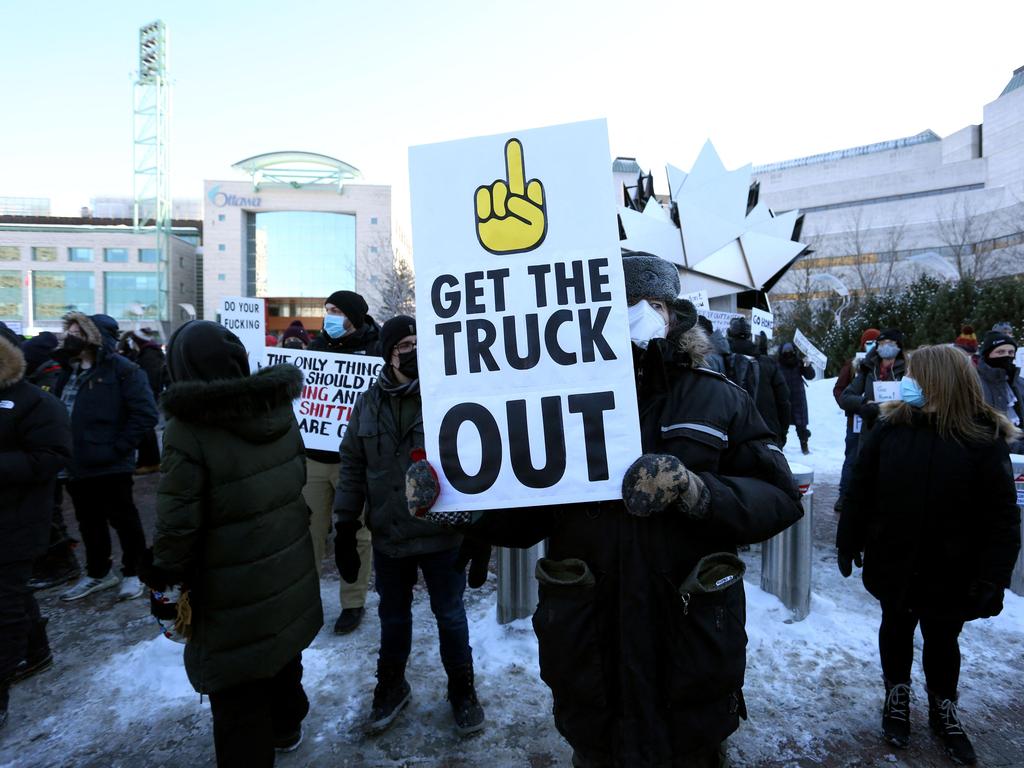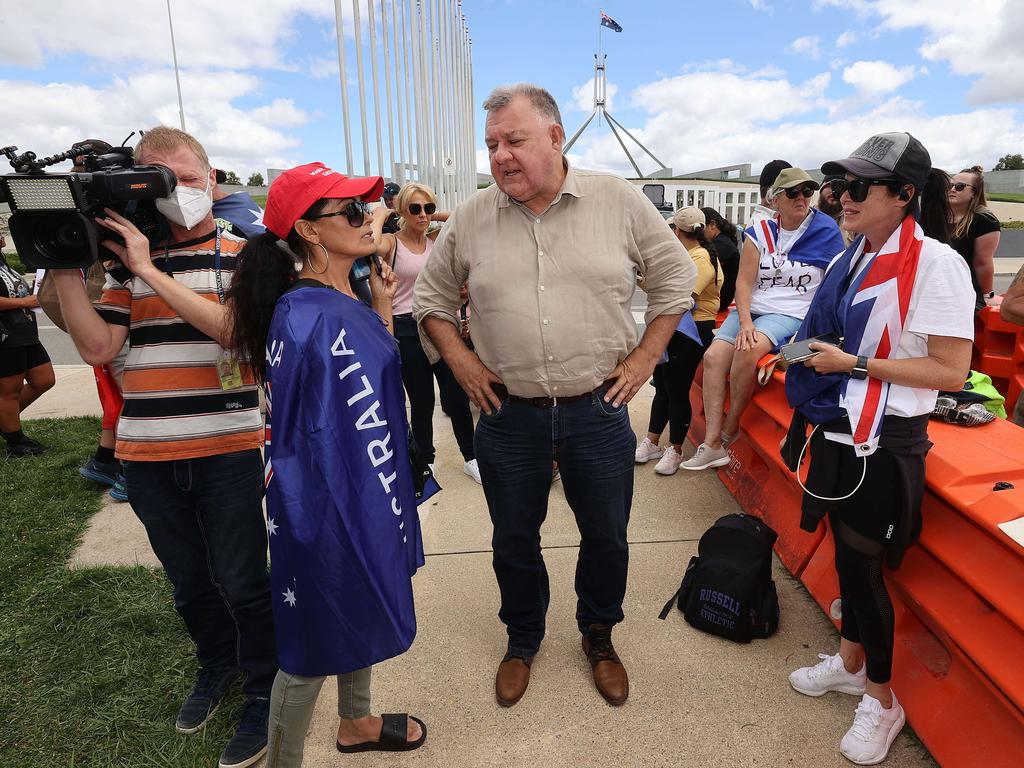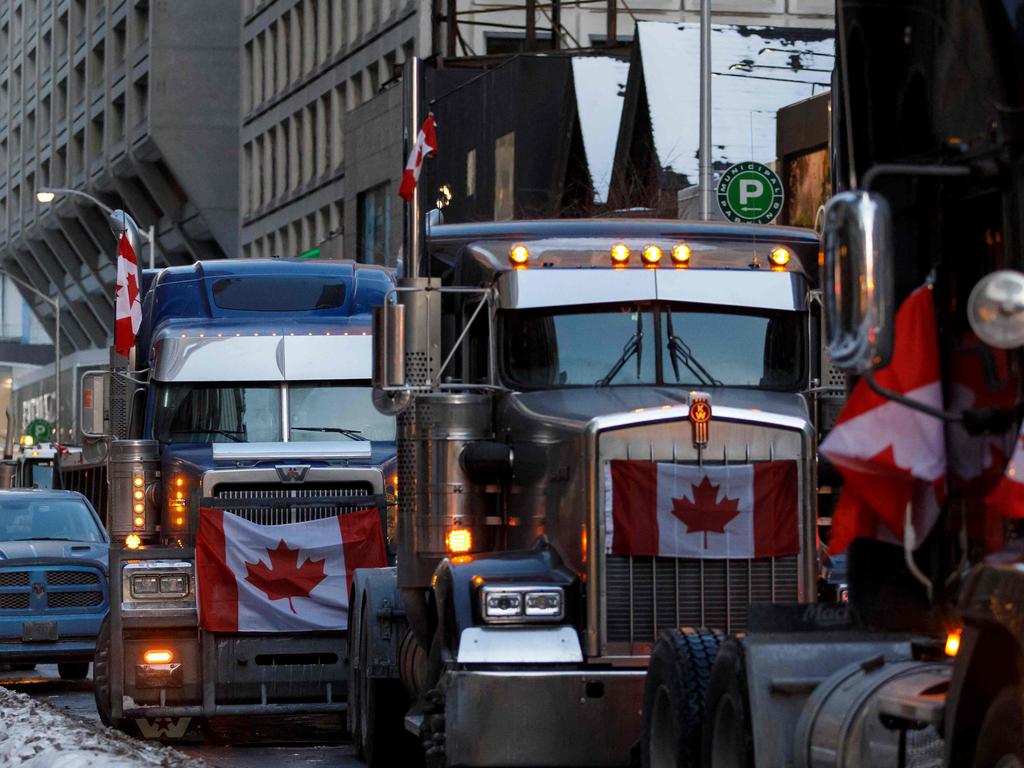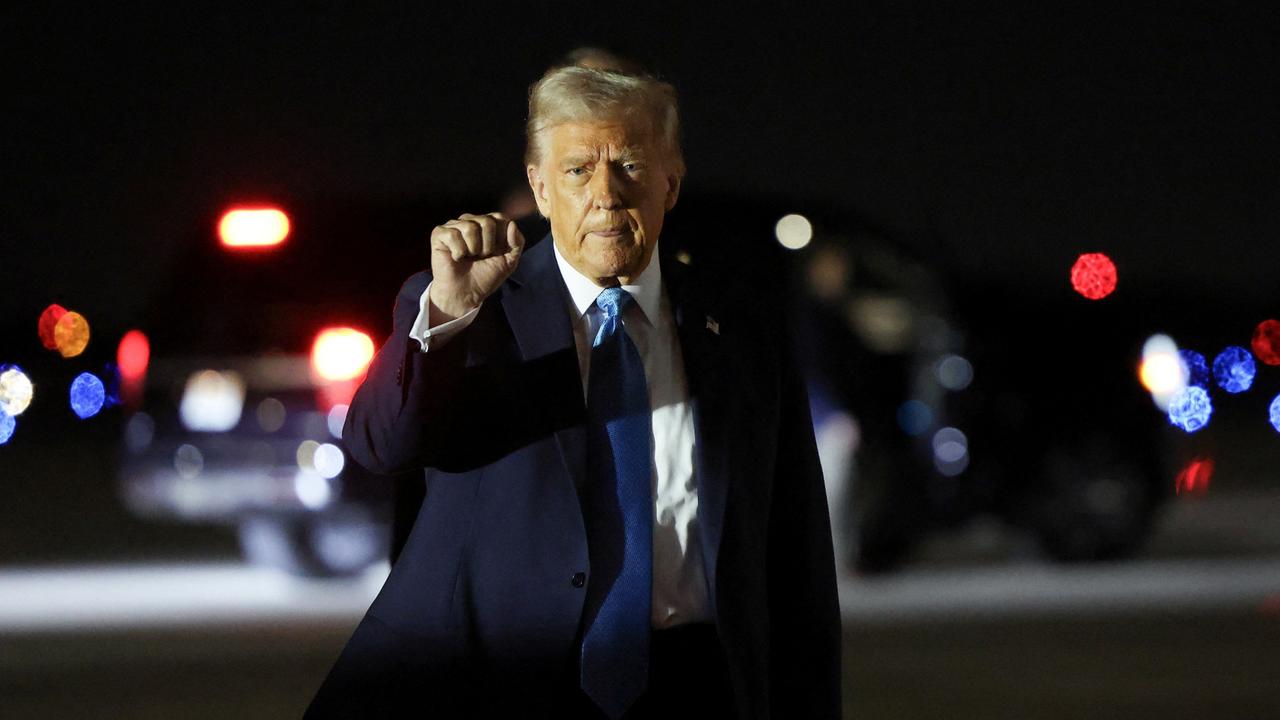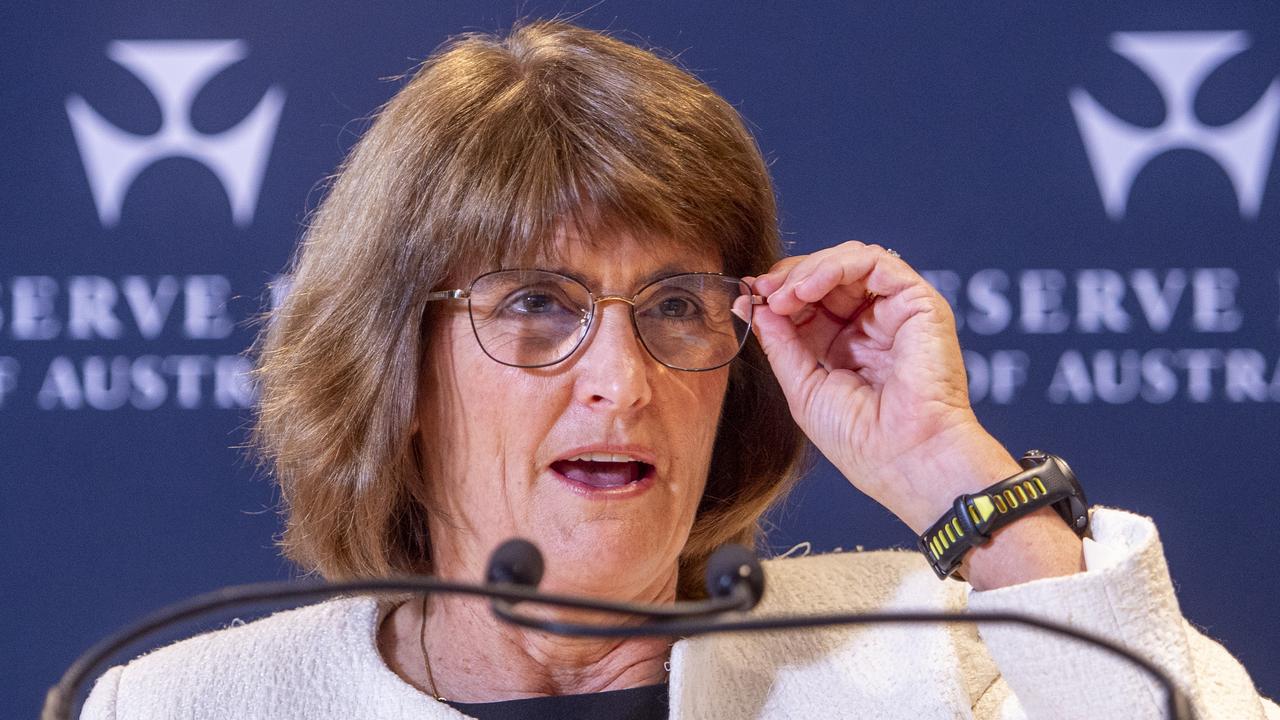Justin Trudeau invokes emergency powers over mandate protests
Ottawa will be given extraordinary powers to end demonstrations against vaccine mandates that have paralysed the capital.
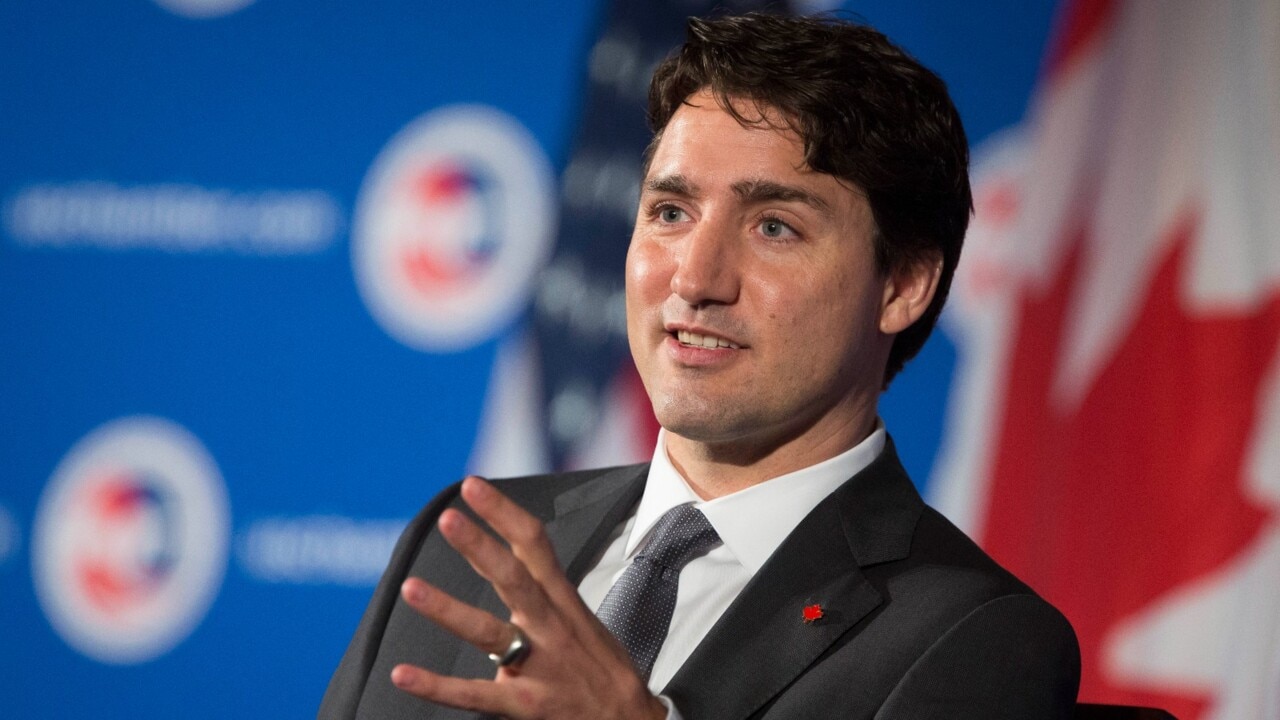
Canadian Prime Minister Justin Trudeau said Monday he will invoke emergency measures for the first time to give his Liberal government extraordinary powers in trying to end demonstrations against Covid-19 vaccine mandates that have paralysed the capital, Ottawa, and continue to block some cross-border traffic.
Mr. Trudeau’s decision comes after police on Sunday reopened access to the Ambassador Bridge, which connects Detroit with the city of Windsor, Ontario. Up until late Sunday night, demonstrators had blocked incoming U.S. vehicles from entering Canada for roughly a week.
Canada’s Emergencies Act allows the government to give itself special, temporary powers meant to ensure safety and security during a national emergency.
An earlier version of the legislation, called the War Measures Act, was invoked three times in Canadian history. Its most controversial use was in 1970, when Mr. Trudeau’s father, Pierre Elliott Trudeau, used the act when he was prime minister to quelch a militant separatist group in Quebec, known as the FLQ.
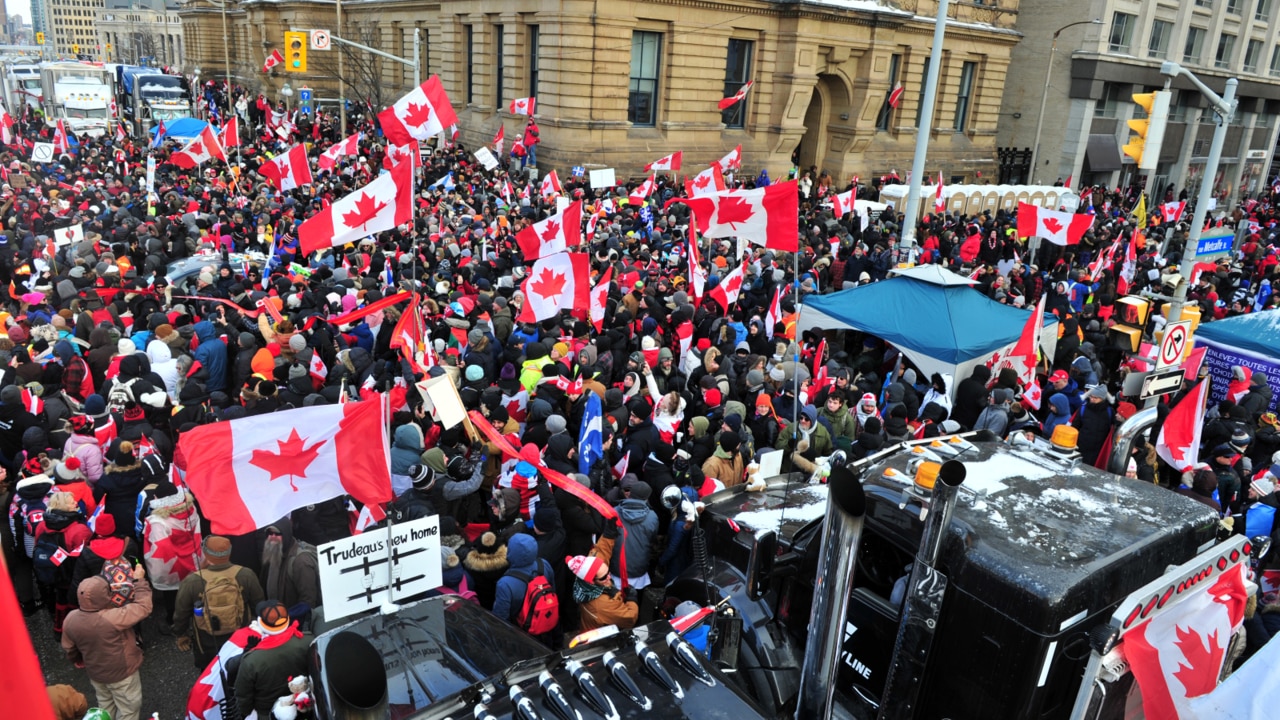
“It is now clear that there are serious challenges to law-enforcement’s ability to effectively enforce the law,” Mr. Trudeau said at a press conference. “We cannot and will not allow illegal dangerous activities to continue.” For a public-order emergency, those powers can include preventing people from travelling to and from a specific area, requiring some essential service providers — for example, tow-truck operators — to render services, and restricting public assembly under certain circumstances.
Mr. Trudeau said the government isn’t calling in the military, nor is it suspending fundamental rights as guaranteed in the country’s constitution.
Police in Alberta said on Monday they seized a cache of firearms, including handguns and 13 long guns, and a large quantity of ammunition in an early morning raid targeting three trailers that are part of a blockade disrupting cross-border traffic between Coutts, Alberta, and Montana. Police added they arrested and detained 11 individuals. “The group was said to have a willingness to use force against the police if any attempts were made to disrupt the blockade,” the Royal Canadian Mounted Police said.
Also Monday, Canada’s most populous province, Ontario, said it would on March 1 drop requirements that citizens need to be fully vaccinated to enter certain public settings such as restaurants, bars and gyms. Ontario would join Alberta and Saskatchewan, among other provinces, in beginning to relax rules regarding Covid-19 vaccinations and social restrictions. Mr. Trudeau and Liberal government officials have said they have no intention of loosening vaccine mandates as they pertain to the federal workforce, travel on aeroplanes and long-distance passenger rail, and essential workers — such as truck drivers — who cross the U.S.-Canada border.
Tyler Chiliak, a farmer from western Canada who has been in Ottawa since the Covid-19 protests began, said he believes the demonstrators’ message is resonating. “Any government that’s ever taken freedoms away from people never gives them back,” he said Sunday, in an interview inside his six-foot-by-10-foot cargo trailer. “It may take a while before we accomplish our goals so to speak. But whether they like it or not things are happening because we are here.” Cornell Wiebe, a protester who was at the Ambassador Bridge blockade since the beginning, called the protest a success, given how much attention it received.
“We held the line until the government was going to remove the peaceful people with a use of force,” he said in an email. “The whole point was to get international news coverage to expose the government.” Mr. Wiebe said he got home OK, having stayed until the police started to break up the blockade on Saturday.
The 1.6-mile bridge reopened late Sunday night, after police in Windsor started arresting protesters and towing vehicles to clear access to the corridor. Protesters had succeeded in largely blocking most two-way Ambassador Bridge traffic since Feb. 7 in an attempt to persuade governments in Canada to drop Covid-19 vaccine mandates and related social restrictions. The City of Windsor and the auto industry succeeded late last week in obtaining a court order to give police permission to remove the protesters.
As of Monday morning, the police had arrested 42 people and seized 37 vehicles, said Windsor Police. Most of those arrested were released and will return to court later to face a charge of mischief, said police spokeswoman Talya Natyshak.
The bridge blockade disrupted the continent’s supply-chain network, in particular for the automotive industry. General Motors Co., Ford Motor Co. and Stellantis NV each said Monday that they weren’t experiencing residual production problems from the bridge closure. Some Canadian auto-parts suppliers reduced production because they have been unable to ship orders to the U.S.
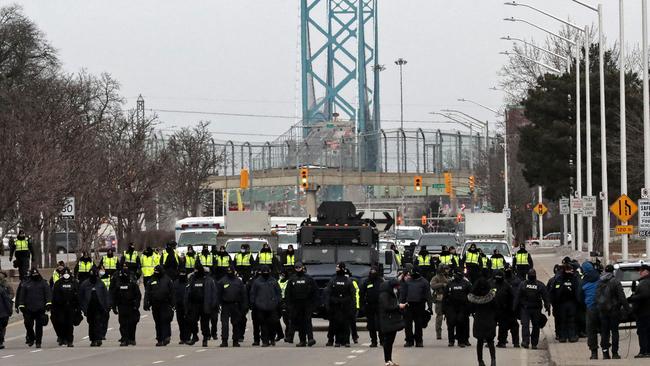
It will take a few days for those manufacturers that suspended production to be back to full output levels, said Flavio Volpe, president of the Toronto-based Automotive Parts Manufacturers’ Association. He warned that the impact to Canada’s auto sector could be felt in the long term, as policy makers who are responsible for encouraging investment in the U.S.’s electric-vehicle industry might now harbour doubts about Canada, given how easily protesters shut down cross-border traffic.
“This could put those billions of dollars at risk,” he said. Matt Moroun, chairman of the company that operates the Ambassador Bridge, said Monday that officials in the U.S. and Canada need to develop more robust plans that protect border crossings “and ensure that this kind of disruption to critical infrastructure will never happen again.” The bridge, one of the busiest border crossings in North America, accommodates roughly 30% of annual two-way U.S.-Canada trade, which recent U.S. data pegs at more than $600 billion.
Over $28 billion of two-way trade in motor vehicles and auto parts was transported last year via the Ambassador Bridge, according to Statistics Canada.
While the Ambassador Bridge was closed, commercial trucks were rerouted north to the Blue Water Bridge. Truckers faced long delays in crossing that corridor.
Windsor Police said early Monday that officers would remain near the bridge to ensure vehicular access.
Dow Jones

